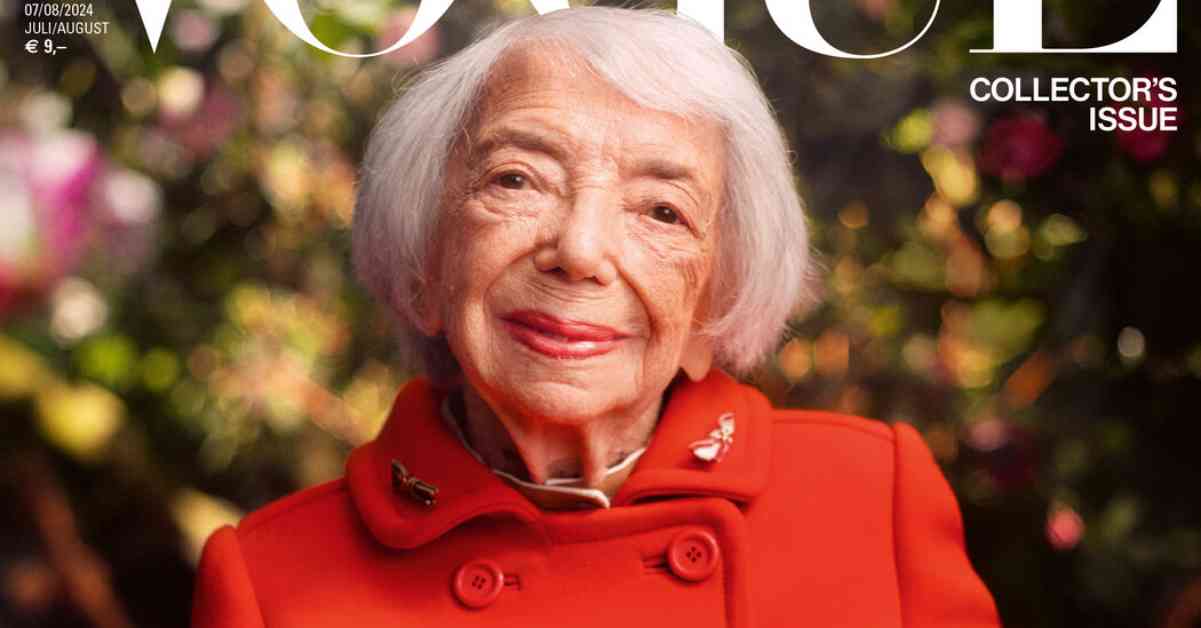Anna Wintour, the renowned editor in chief and global editorial director of Vogue, recently praised the decision to feature 102-year-old Margot Friedländer on the cover of Vogue Germany. Margot, a Holocaust survivor who was sent to Theresienstadt concentration camp in 1944, has become a symbol of resilience and strength in the face of unimaginable horrors.
Despite the fashion industry’s traditional focus on youth and beauty, Margot’s appearance on the cover of a major fashion magazine like Vogue Germany is a powerful statement. Her weathered face and white hair stand in stark contrast to the usual glamorous models and celebrities that grace magazine covers. However, her presence serves as a reminder of the atrocities of the Holocaust and the importance of remembrance.
Margot Friedländer’s life story is one of survival, resilience, and advocacy. As one of the oldest living Holocaust survivors, she has dedicated her later years to educating younger generations about the horrors of the past and the dangers of forgetting. Through her school tours and public appearances, she emphasizes the importance of remembering history to prevent the mistakes of the past from being repeated.
In her interview with Vogue Germany, Margot expressed her concerns about the rise of right-wing populism and antisemitism in Germany and around the world. Her words carry weight, coming from someone who has experienced firsthand the devastating impact of hatred and intolerance. By sharing her story and speaking out against injustice, Margot continues to inspire people to stand up against discrimination and prejudice.
Anna Wintour’s praise for the Vogue Germany cover featuring Margot Friedländer highlights the significance of using fashion as a platform for important social issues. While the American edition of Vogue may not have featured Margot on its cover, the impact of her presence on the German edition is undeniable. As Ms. Wintour noted, Margot’s story is both brilliant and inspiring, serving as a reminder of the political currents that still exist in Europe today.
In a world where beauty and glamour often take center stage, the choice to feature a Holocaust survivor like Margot Friedländer on the cover of a fashion magazine is a bold and commendable decision. It not only pays tribute to her remarkable life but also serves as a powerful reminder of the atrocities of the past and the importance of standing up against hatred and discrimination. Margot’s presence on the cover of Vogue Germany is a testament to her resilience, strength, and unwavering commitment to ensuring that the voices of the past are never forgotten.










